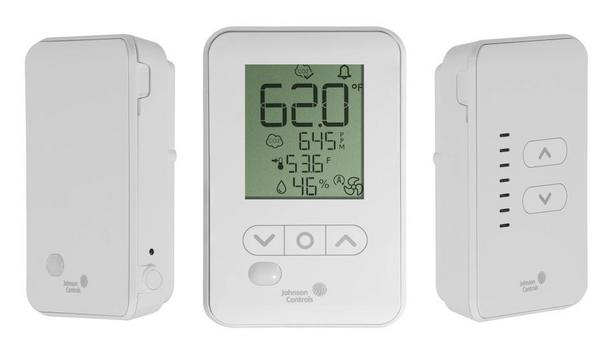When a freezer failed at a medical center in Seattle, there was a mad dash to use as many of 1,600 stored doses of the Moderna COVID-19 vaccine as possible before they expired. Facing expiration at 5:30 a.m. the next day, nurses, firefighters and volunteers worked throughout the night to ensure none of the precious vaccines went to waste.
Pfizer/BioNTech and Moderna Vaccine freezer requirement
The episode underlines the conspicuous role that refrigeration plays in distribution and delivery of COVID-19 vaccines. In fact, the need for ultra-low-temperature freezers for the Pfizer/BioNTech and Moderna vaccines has been an expensive challenge during vaccine distribution. Fulfilling that need has again highlighted the contributions of the HVACR industry, with the R for refrigeration.Large hospitals have rushed to buy the ultra-cold freezers, but their cost is beyond the means of most rural hospitals.
The Pfizer/BioNTech vaccine must be stored at minus 70 degrees Celsius (minus 94 degrees Fahrenheit). The Moderna vaccine must be stored at minus 20 degrees Celsius (minus 4 degrees Fahrenheit.) Ultra-low-temperature freezers are designated for vaccine storage and distribution, but the expensive freezers are not available at every stage of vaccine distribution. Other strategies must be deployed.
Once thawed, vaccines can be kept in a refrigerator at between 2 to 8 degrees Celsius (36 to 46 degrees F). Once transferred to a refrigerator, the Moderna vaccine must be used within 30 days, and the Pfizer vaccine must be used within 5 days.
Ultra-low Temperature Freezers
Ultra-low-temperature freezers typically have large outer doors and smaller inner doors, all insulated extra-thick. There are two compressors, one using a conventional refrigerant to cool another loop with low-temperature cooling. The freezers have built-in temperature monitoring – wireless devices that ensure continuous cold 24/7 and communicate via Wi-Fi. A data logger within the unit also validates that temperatures were maintained. The units cost between $10,000 and $15,000.One estimate suggests that there are only 25 or 30 countries (among the 195 countries in the world) that have the infrastructure for ultra-cold supply distribution.
Large hospitals have rushed to buy the ultra-cold freezers, but their cost is beyond the means of most rural hospitals. Therefore, urban hospitals have an advantage gaining access to the vaccine.
The Centers for Disease Control and Prevention (CDC) has advised state health departments not to buy the freezers because vaccines with less-demanding storage requirements will be available soon. Especially in areas that are not a “hot spot” and/or that do not have a high-risk population, the best course might be to wait for availability of other vaccine candidates that do not require ultra-cold storage.
Freezer supply shortage
With little clear guidance on who should invest in the freezers, locales have decided for themselves. For example, North Dakota has spent $100,000 for four freezers and nine portable freezers. Pennsylvania, in contrast, chose to follow CDC advice and not purchase the units. A supply shortage of the freezers has been somewhat of a challenge, with delivery delays averaging two to six weeks for some, and up to two to three months for others.
Rather than invest in freezers for storage, some hospitals are taking advantage of “just in time” delivery of vaccines shipped from centralized hubs packed in dry ice. Just in time delivery of medical products is already a familiar practice.
Pfizer use 'just-in-time' deliveries of vaccine
Pfizer is shipping the vaccine to distributors in storage containers of 1,000 to 5,000 doses. The containers use dry ice to keep the vaccines at minus 75 Celsius for 10 days. The doses can be stored for five more days while refrigerated. Longer delivery times to rural areas degrade the number of days they can be safely stored. The 1,000-dose supplies may also be more than a smaller population might use in the necessary time window.
On a global basis, the refrigeration requirements may prove even more limiting for use of the Pfizer and Moderna vaccines. One estimate suggests that there are only 25 or 30 countries (among the 195 countries in the world) that have the infrastructure for ultra-cold supply distribution.
Serving the refrigeration needs for vaccine distribution is just the latest requirement that has placed the HVACR industry squarely at the center of the global pandemic and its aftermath.





































